Brian Basinski becomes Dr. Brian Basinski
By Lynn McCain | July 25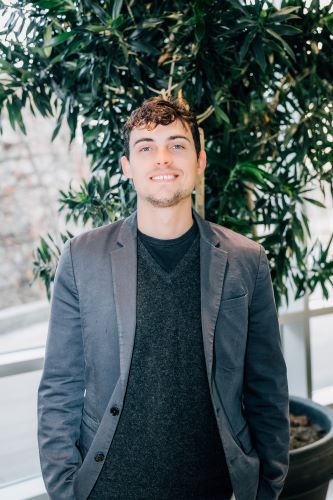 Busy packing up his apartment following his graduation from the Molecular and Cellular Pathology Graduate Program, Brian Basinski, PhD, took a few moments out of his day to share about his journey. “It was a six-year journey; it feels so great to finish!” he exclaimed. His journey began before he enrolled in the MCP program, however. Basinski, a native of Grand Rapids, Michigan, originally started his studies at Grand Rapids Community College but left to follow his brother to Florida after one year. “I worked as a valet attendant for two years in Florida before moving back home to go back to school.” Instead, he spent two years marketing the expandable hose at trade shows –those great garden hoses that shrink down when you turn the water off. “It was hilarious selling them from the stage, but that is not what I wanted to do with my life.” He decided to head to Colorado for six months, and it was during this time that he discovered science.
Busy packing up his apartment following his graduation from the Molecular and Cellular Pathology Graduate Program, Brian Basinski, PhD, took a few moments out of his day to share about his journey. “It was a six-year journey; it feels so great to finish!” he exclaimed. His journey began before he enrolled in the MCP program, however. Basinski, a native of Grand Rapids, Michigan, originally started his studies at Grand Rapids Community College but left to follow his brother to Florida after one year. “I worked as a valet attendant for two years in Florida before moving back home to go back to school.” Instead, he spent two years marketing the expandable hose at trade shows –those great garden hoses that shrink down when you turn the water off. “It was hilarious selling them from the stage, but that is not what I wanted to do with my life.” He decided to head to Colorado for six months, and it was during this time that he discovered science.
“I was listening to science podcasts, going to science seminars at the library, and renting science books from the library. I decided to return home and go to school for a career in science.” He returned to Michigan and completed his undergraduate degree in biochemistry at Grand Valley State University. During his undergraduate studies, he spent two summers at the University of Michigan completing research internships in Protein Structure and Function in the laboratory of Dr. Zaneta Nikolovska-Coleska. When he finished his bachelor’s degree, he applied to the Program in Biomedical Sciences graduate program. “I then selected the MCP program because I was interested in a clinically relevant program that had a translational aspect. Pathology is a broad department with research in immunology, cancer, aging, and development. It has that bench-to-bedside connection.”
Basinski joined the laboratory of Dr. Rajesh Rao, an ophthalmologic pathologist and vitreoretinal surgeon. “He is performing clinical trials with stem cells, and he is a surgeon, but then the lab also has expert basic scientists with a lot of experience in molecular genetics and other basic science work.” This intrigued Basinski. In the Rao lab, he began researching a transcription factor, PRDM13, a gene that is relevant to the central nervous system and retinal development. “Very little is known about its function, and there are not many labs that study it.” Non-coding mutations of PRDM13 are linked to central vision blindness and these patients are born with a maldeveloped macula. The disease is called North Carolina Macular Dystrophy. Using a mouse retinal organoid model, Basinski studied how PRDM13 functions. “We discovered that when wild-type PRDM13 was overexpressed it repressed stem cell differentiation into mouse retinal organoids. PRDM13 has four zinc fingers, and we discovered that zinc fingers one and two were essential for this repressive phenotype, whereas zinc fingers three and four were not. Additionally, we found that PRDM13 actually promoted differentiation of brain organoids.”
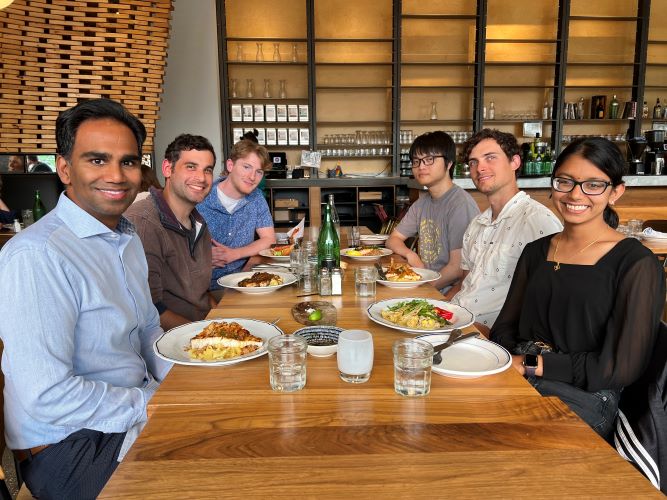
During his time in the MCP program, Basinski was selected to participate in a T32 training grant for two years. Each summer, he shadowed three clinical experts: Rajesh Rao, MD, a retinal surgeon; Abigail Fahim, MD, PhD, an inherited retinal disease specialist; and Kari Branham, MS, a genetic counselor. This was one of the highlights of his time in graduate school. “For several years, I was just focused on the genetics and the very basic science element. But being able to see the work these three individuals do opened my eyes to the translational side of treating patients. I got to sit in the rooms while the three of them were working with their patients.” One of the biggest lessons he learned during this time is the extent to which research still needs to be conducted to find effective treatments for these patients. He also deeply appreciates the patients who participate in clinical trials. “For some of them, their disease is quite advanced, and the trial is not likely to help them. But they participate in hopes that it will help another patient in the future.”
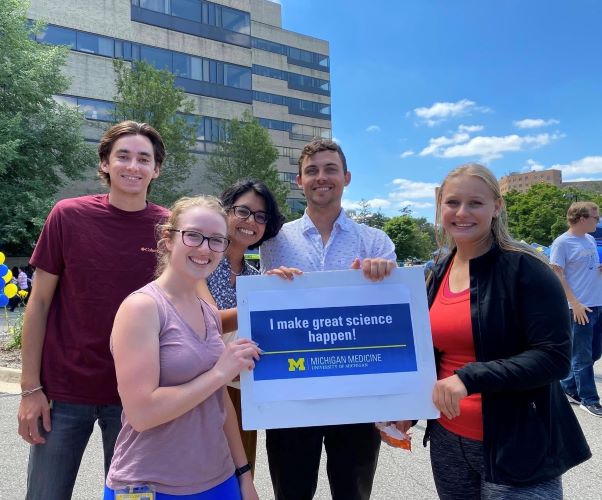 One of the strengths of the program that made an impact on Basinski is the people - the other students, PIs, and department leaders. “We would have these discussions about science, which often led to creative and innovative ideas. I was able to reach out to PIs working on similar epigenetic or genetic projects, as well as biochemistry projects, and meet with them in their offices to have conversations. It was just great how many connections I made during that time, and how open everybody was to meet with me. This was a real highlight for me during my education.” He also truly enjoyed mentoring undergraduates and other trainees in the lab, as well as discussing new biological and molecular genetic ideas with them. “Molecular genetics is almost like exploring an alien world. Did you know that you have approximately 100 billion miles of DNA in your body? Your DNA could go to the sun and back 1000 times! In my defense, I posed a question to the audience ‘Not including bacteria, we have 34 trillion cells in our body. How many of those cells are red blood cells?’ The answer is 70-80%, or 25 of the 34 trillion cells in your body are red blood cells. It is mind boggling!”
One of the strengths of the program that made an impact on Basinski is the people - the other students, PIs, and department leaders. “We would have these discussions about science, which often led to creative and innovative ideas. I was able to reach out to PIs working on similar epigenetic or genetic projects, as well as biochemistry projects, and meet with them in their offices to have conversations. It was just great how many connections I made during that time, and how open everybody was to meet with me. This was a real highlight for me during my education.” He also truly enjoyed mentoring undergraduates and other trainees in the lab, as well as discussing new biological and molecular genetic ideas with them. “Molecular genetics is almost like exploring an alien world. Did you know that you have approximately 100 billion miles of DNA in your body? Your DNA could go to the sun and back 1000 times! In my defense, I posed a question to the audience ‘Not including bacteria, we have 34 trillion cells in our body. How many of those cells are red blood cells?’ The answer is 70-80%, or 25 of the 34 trillion cells in your body are red blood cells. It is mind boggling!”
Each year, the MCP program holds its annual camping trip, and Basinski was able to attend two of these. “I love camping! These trips were awesome! Some of the best times we had! It was a great opportunity to bring everyone together and get to know each other. It was awesome!” Basinski did not limit his circle to other MCP students or scientists, though. He became a club leader for the University of Michigan Disc Golf Club team. “It was fun and community building. We brought disc golfers together and had a great time.” Disc golf, traditional golf, and pool are three sports that he truly enjoys. He also loves spending time outdoors in nature, which made Ann Arbor a great location for him. Now that he has graduated, he plans to take a few months to travel to Italy and then to national parks in the United States, taking advantage of his newfound freedom. Meanwhile, he will be considering career options. He is particularly interested in biotech patent law, clinical trial regulatory organizations, and science policy surrounding the reduction of toxins such as microplastics and pesticides in our food supply and environment.
Basinski finds joy in spending time with family and friends, but he also enjoys history, creative arts, and fantasy novels. His favorite author is Brandon Sanderson. He is currently reading the Stormlight Archive. “I’m on the third book right now. I think he just released his fifth book.” Now that he has finished school, he looks forward to having more time for leisure reading and to finishing the series.
Congratulations, Dr. Basinski, on completing your doctorate! We wish you the best in your future endeavors.
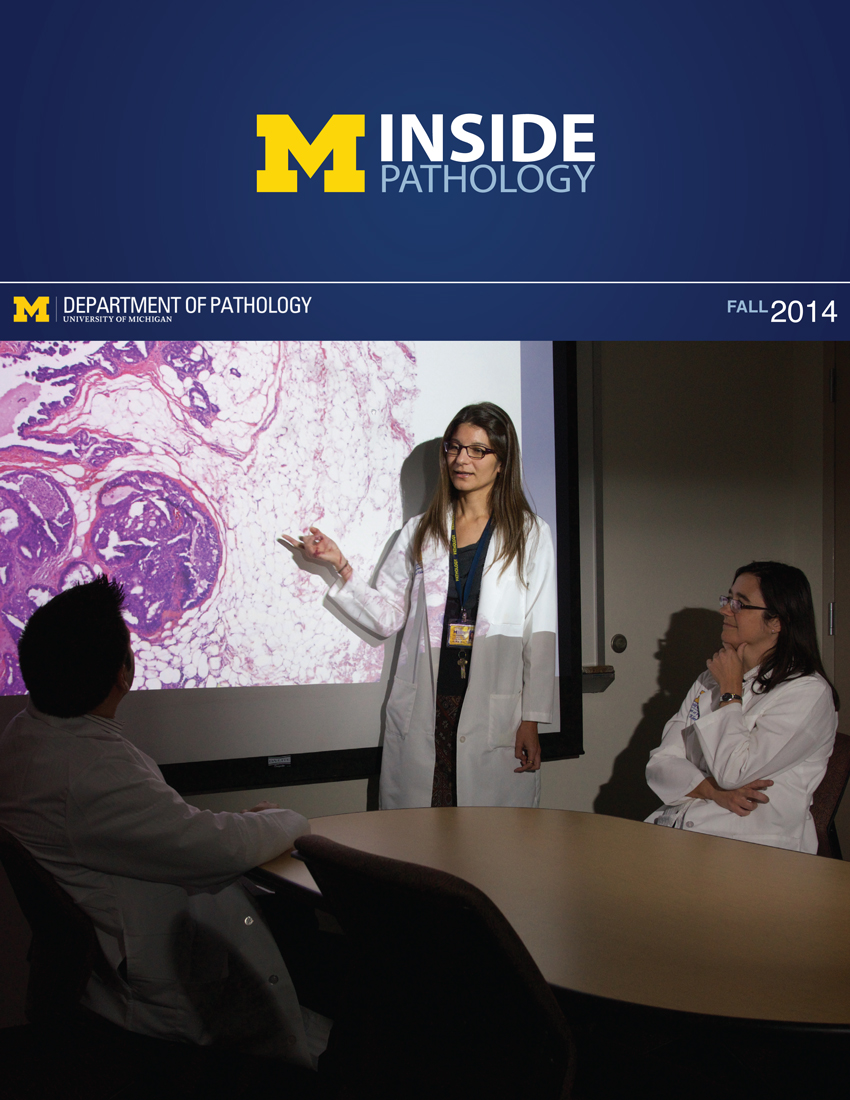 ON THE COVER
ON THE COVER
 ON THE COVER
ON THE COVER
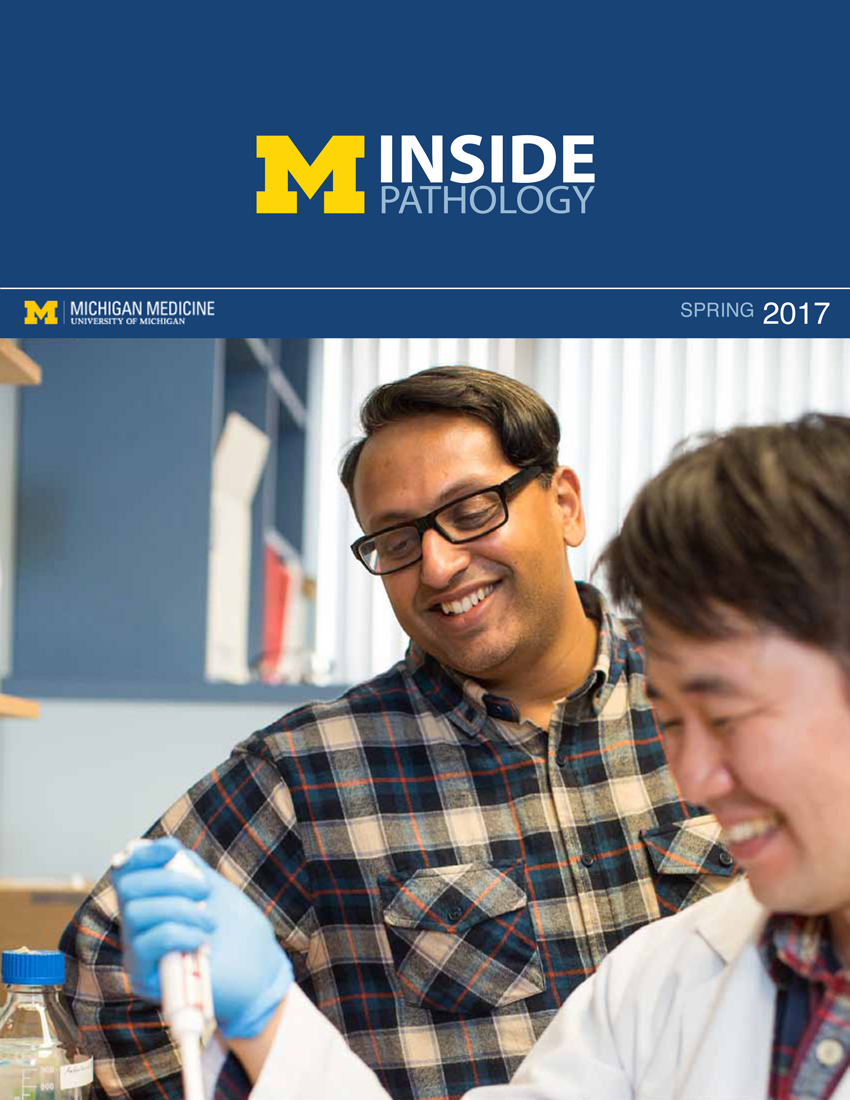 ON THE COVER
ON THE COVER
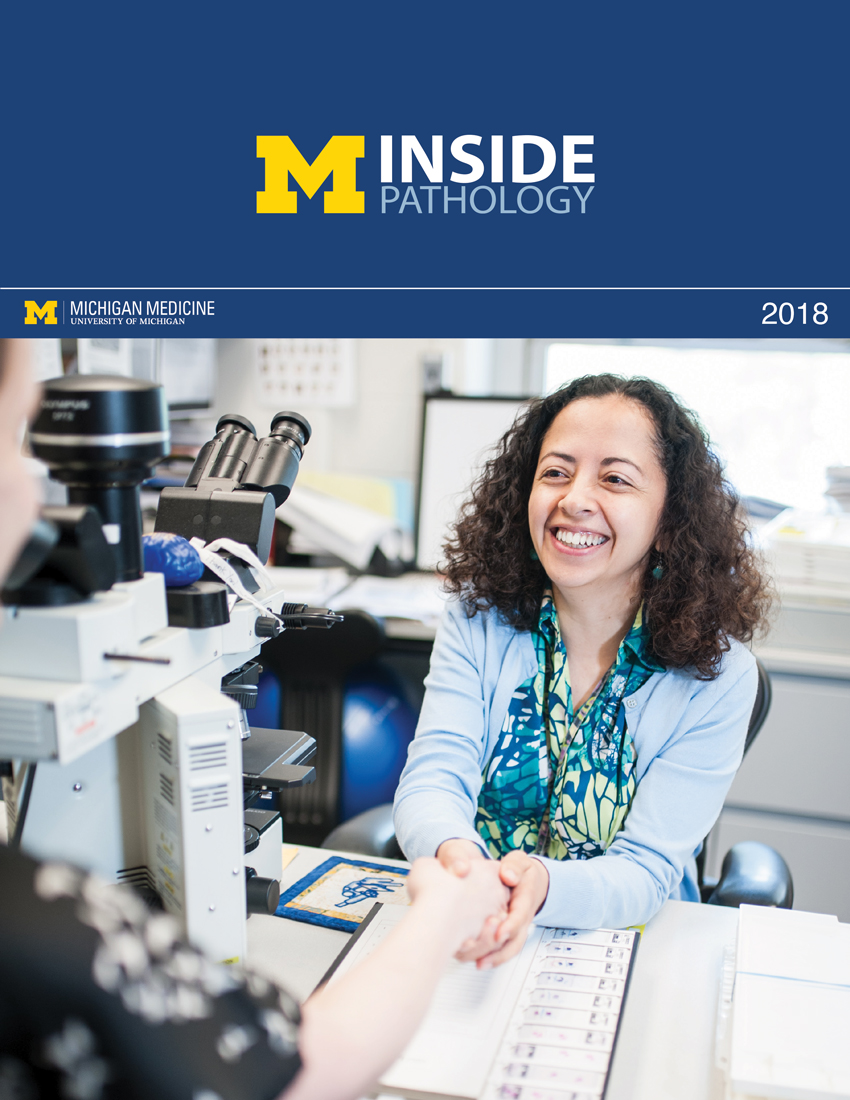 ON THE COVER
ON THE COVER
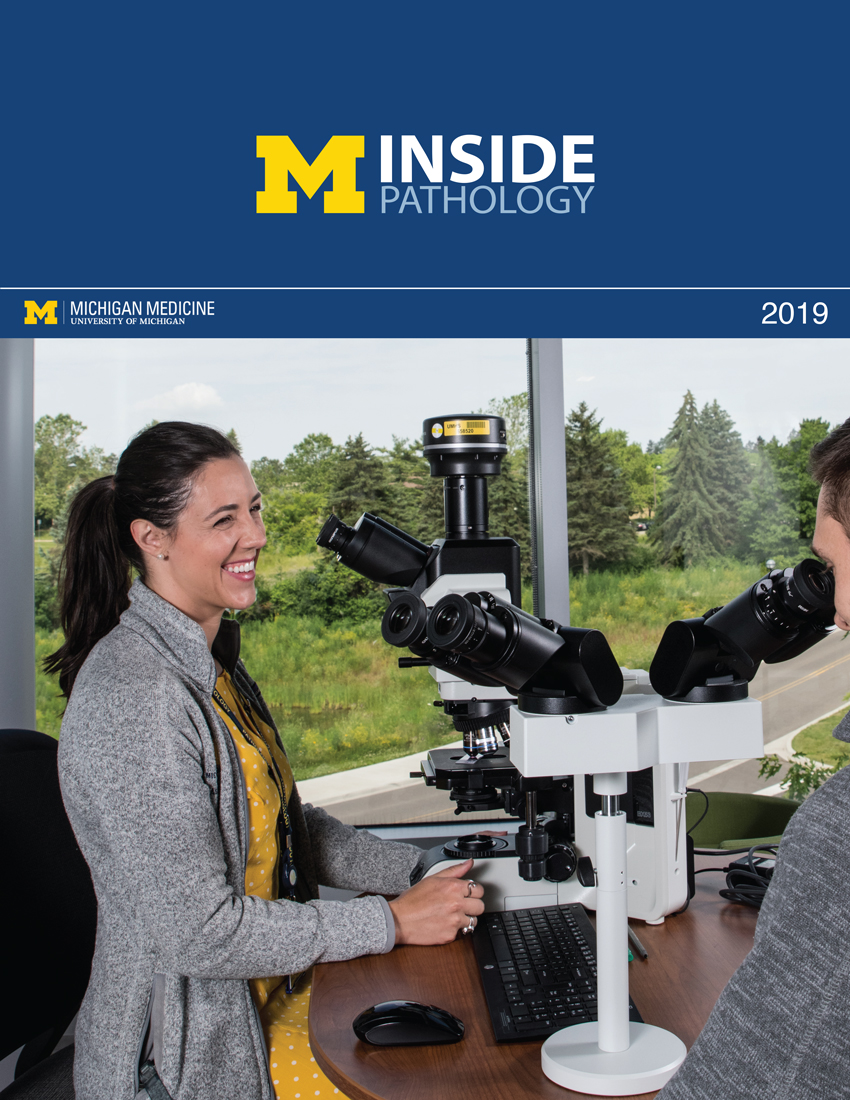 ON THE COVER
ON THE COVER
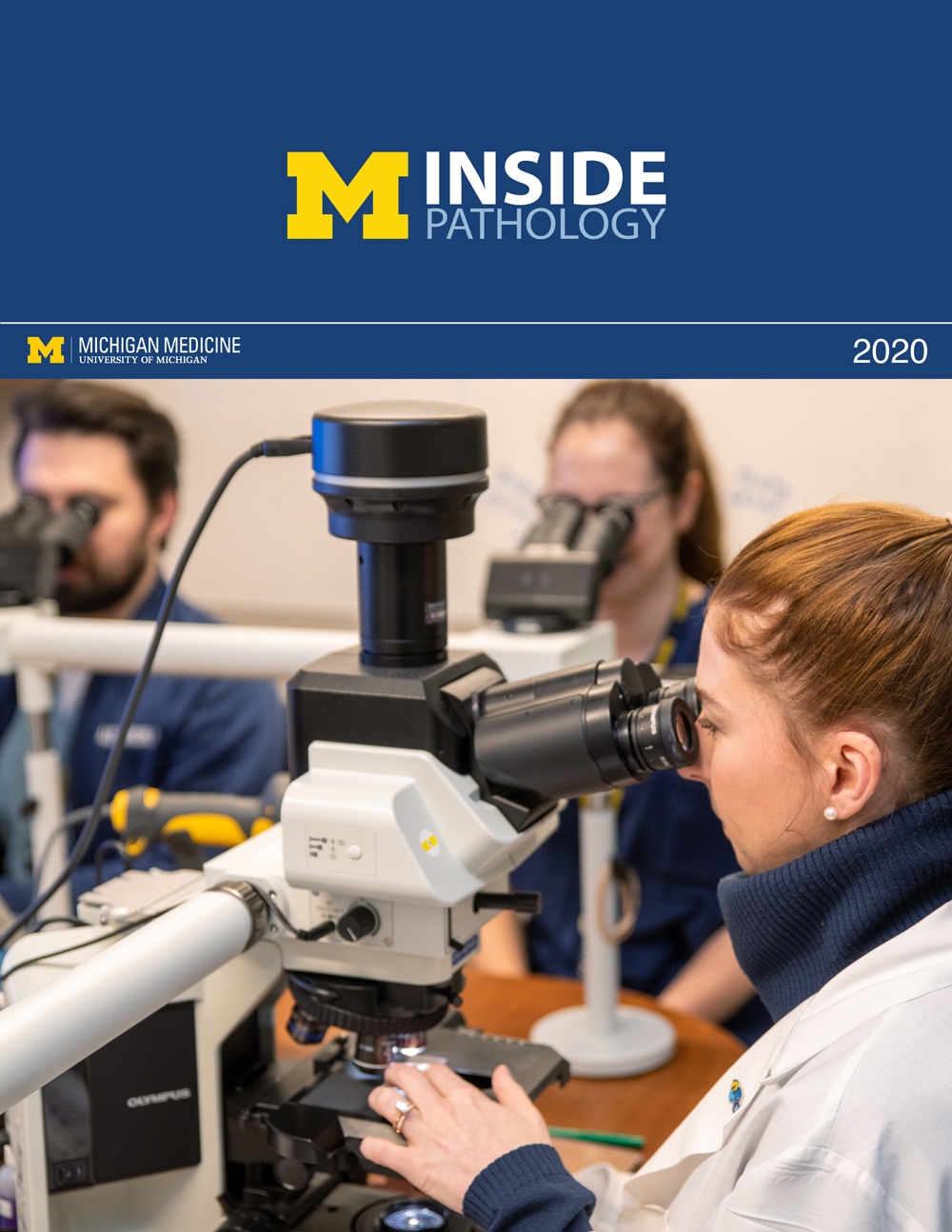 ON THE COVER
ON THE COVER
 ON THE COVER
ON THE COVER
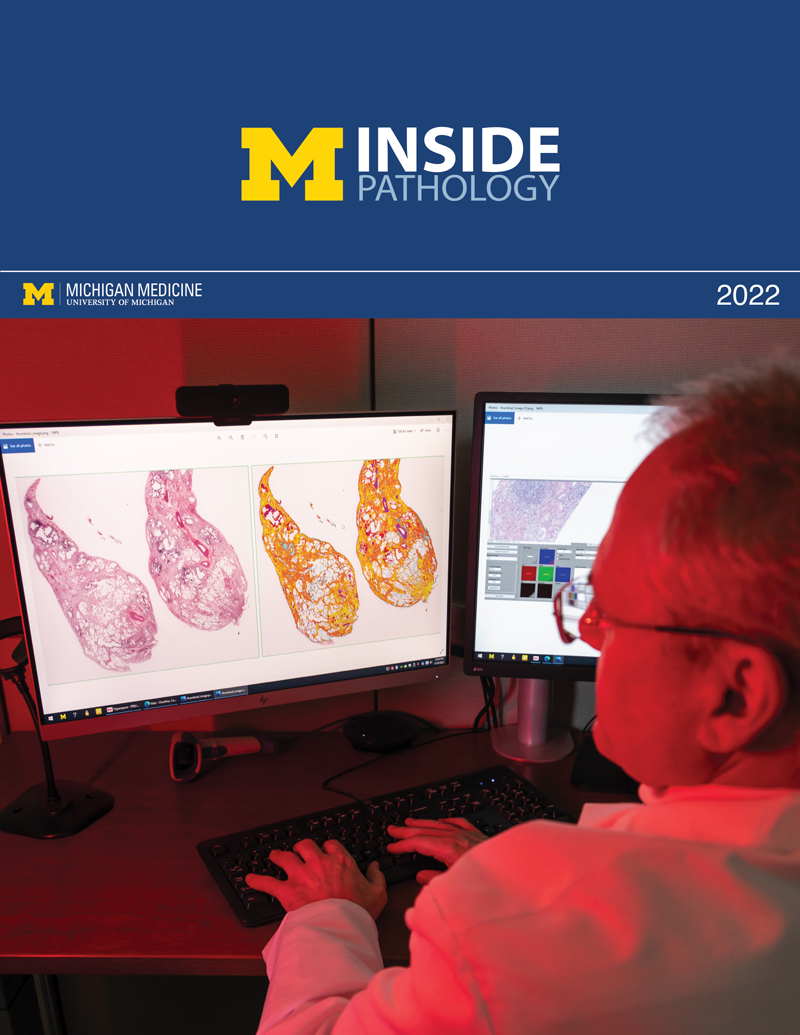 ON THE COVER
ON THE COVER
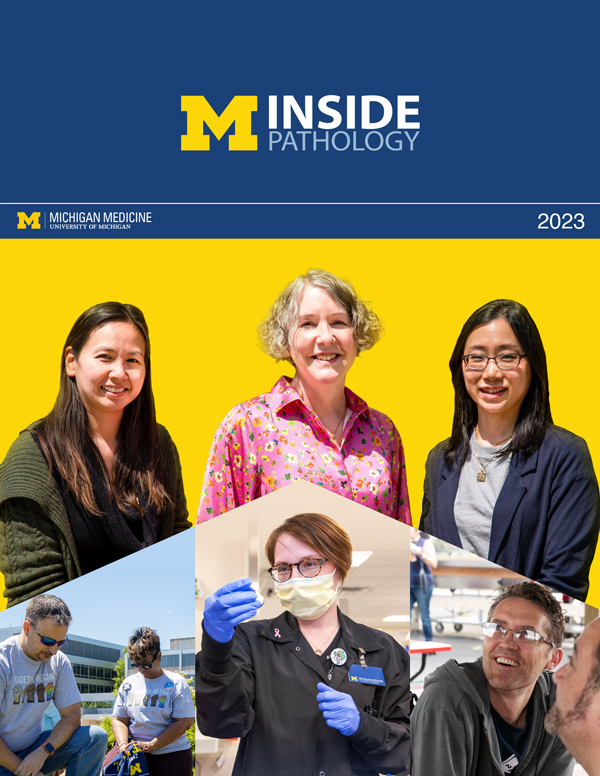 ON THE COVER
ON THE COVER
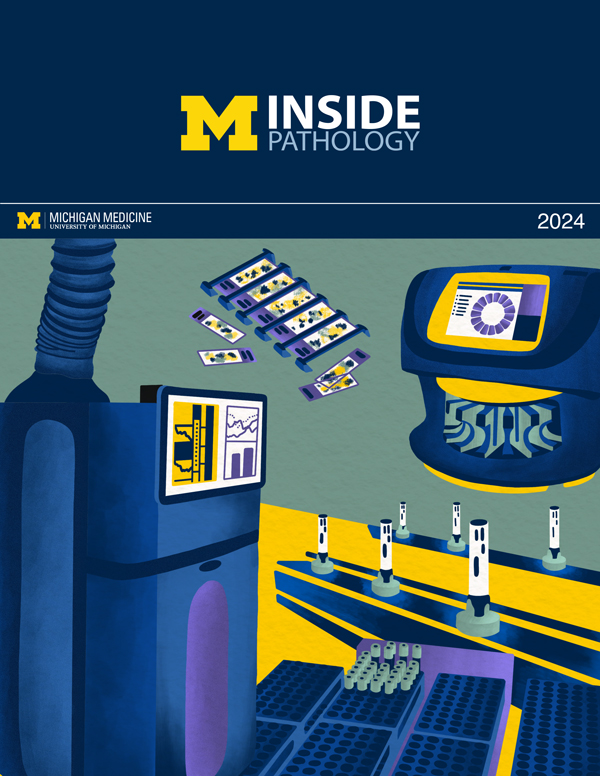 ON THE COVER
ON THE COVER
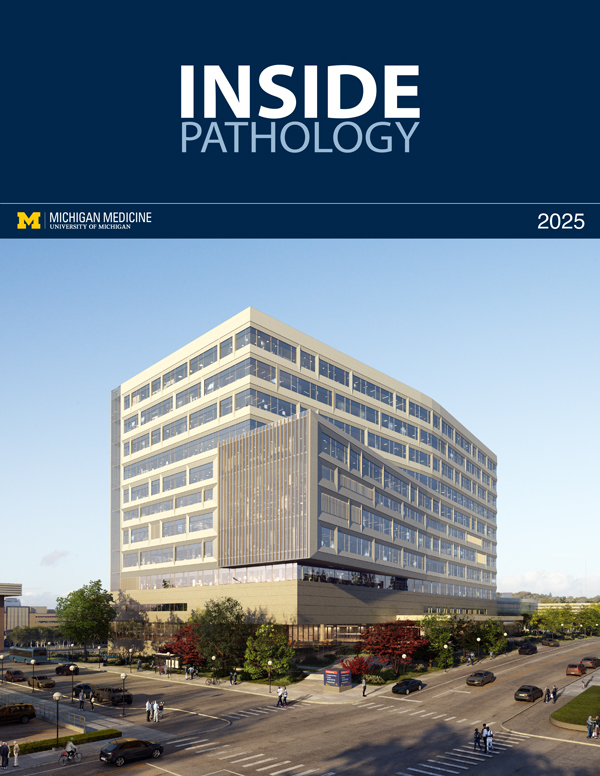 ON THE COVER
ON THE COVER
